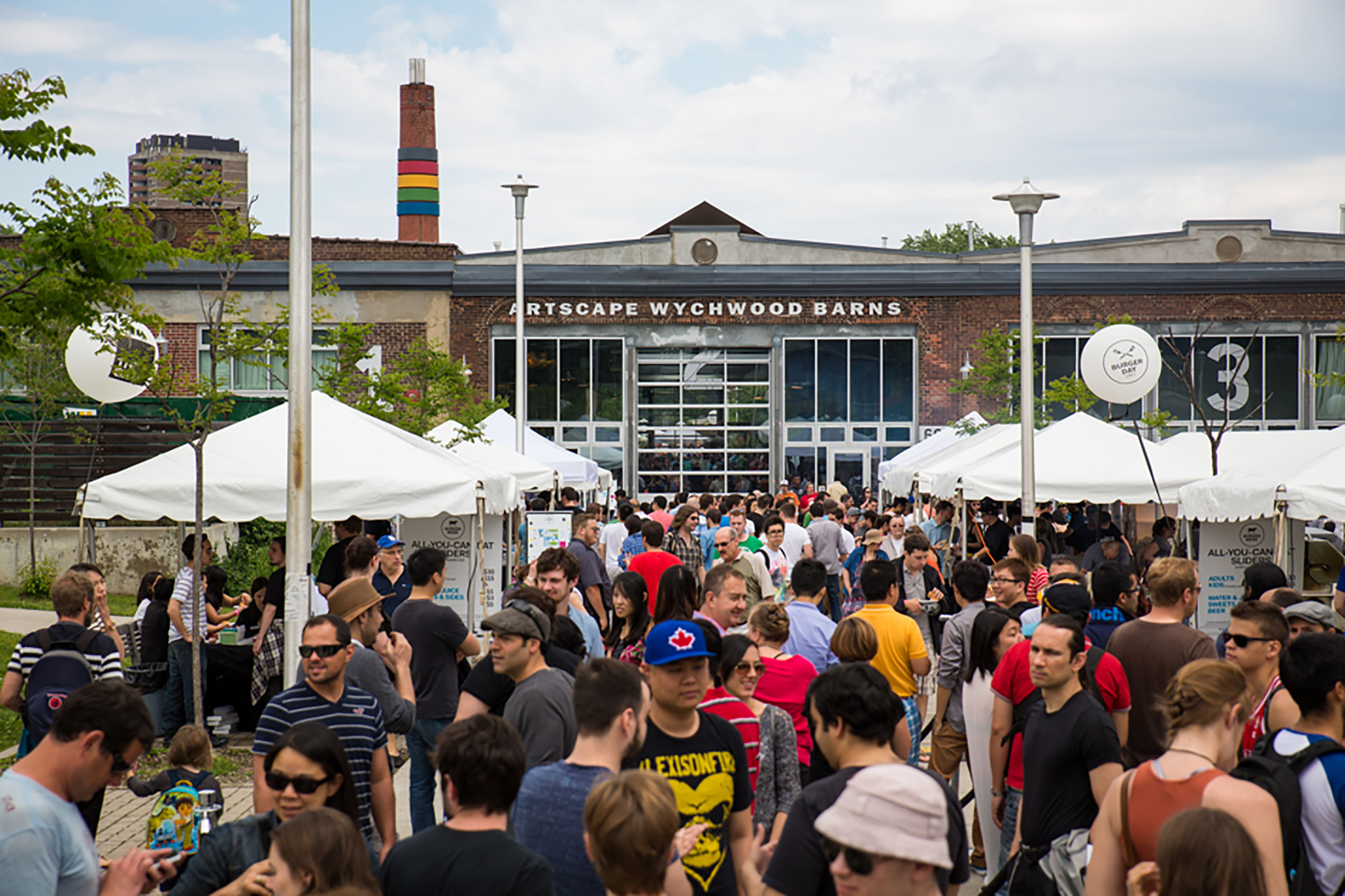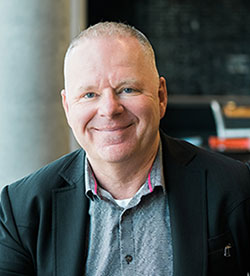Summary
An abandoned, century-old industrial facility in midtown Toronto is transformed into a vibrant, sustainable community hub that includes 26 units of affordable housing. Artscape Wychwood Barns is the first designated heritage site in Canada to achieve LEED® Gold certification.
![]()
Project
Artscape Wychwood Barns
![]()
Developer/Operator
Artscape (50-year lease)
![]()
Owner
City of Toronto
![]()
Affordable Housing
26 units
![]()
Construction
2007–2008
![]()
Cost
$22 million
![]()
Architect
Joe Lobko, du Toit Architects
![]()
Engineering
Dalton Construction
![]()
Builder
Stantec Consulting
![]()
Funders
City of Toronto
Artscape
Province of Ontario (Municipal Affairs and Housing)
Canada Mortgage and Housing Corporation
Canadian Heritage Province of Ontario (Municipal Affairs and Housing)
Federation of Canadian Municipalities
Multiple charitable and private organizations
Context
Built as a streetcar-maintenance facility a century ago, Wychwood Car Barns are a series of five buildings decommissioned in the 1980s and subsequently designated a heritage site. In response to community demand, the City of Toronto called for proposals to redevelop the four-acre (1.6 hectare) site while preserving some of its heritage. Artscape, a successful not-for-profit real-estate development organization led the project and operates the buildings under a 50-year lease.
Energy efficiency and financial sustainability are central to the project, which houses arts organizations, working artists and urban agriculture. Affordable housing accounts for about one-third of the project’s $22 million capital cost; rents for the 26 live-work spaces (studio, and one- and two-bedroom apartments) are geared to tenant incomes of tenants. The City of Toronto converted the remainder of the site into a park with a dog run, playground and skating rink.

Approach
Redevelopment was a difficult and expensive proposition for several reasons. The site was contaminated with creosote, asbestos and lead, for instance, while the heritage designation precluded demolition of the buildings. And residents of the surrounding neighbourhoods held starkly different opinions about redevelopment.
In 2001, Artscape established a Community Advisory Council. After more than five years of contentious and often bitter consultations, a compelling vision emerged: a beautifully restored property blending heritage preservation, arts and culture, environmental leadership, parkland, urban agriculture and affordable housing. The diverse uses attracted financial contributions from many sources and construction began.
Contaminated soil was removed; energy- and water-saving amenities were installed, including a geothermal system to heat and cool the buildings, energy-efficient lighting and appliances, low-flow water fixtures and a rainwater-collection system for toilets and irrigation. The project aimed to emit approximately 40% fewer greenhouse gases, and consume 60% less drinking water and 40% less energy than conventional buildings.
"By incorporating affordable housing, community development, heritage preservation and environmental sustainability, Artscape Wychwood Barns delivers social, environmental, financial and cultural benefits – the quadruple bottom line."
– Tim Jones, Chief Executive Officer, Artscape
Environmental Measures
- First designated heritage site in Canada to achieve Leadership in Energy and Environmental Design (LEED) Gold certification
- Geothermal system provides heating and cooling; reflective roof panels limit heat absorption in summer
- Rainwater flows into on-site cistern for use in toilets and irrigation; low-flow plumbing fixtures installed throughout
- No on-site parking encourages use of adjacent public-transit system
- Windows feature spectrally selective low-e glazing to reduce solar gains and enhances use of day lighting
Results
To date, Artscape Wychwood Barns has experienced challenges with the first generation geothermal system. The company that supplied and installed the system is no longer in business.
During the project, 7,400 cubic metres of contaminated soil were removed and treated. In addition, 71% of construction waste was diverted from landfill and 30% of building materials were sourced locally.
Artscape operates the facility on a cost-recovery basis without ongoing financial support from the City of Toronto. The property generates property tax revenues, and supports economic, social and cultural activities.
Lessons Learned
A consultative design process improves results.
The Community Advisory Council, along with Artscape, hosted a series of open houses and design charrettes to explore design ideas for the site with local residents. Friends of the New Park, an independent group of neighbourhood residents, supported these efforts and played a key role in the shared vision that eventually emerged.
Redeveloping former industrial sites often involves managing unforeseen difficulties and expenses.
Two factors complicated the remediation process: unexpected contaminants and changing standards for the removal and disposal of toxic waste. The decision to pursue LEED Gold certification also added to the complexity and cost of the project.
New technologies don’t always perform as anticipated.
The geothermal system, which featured a vertical underground network – most are horizontal – was challenged by first generation geothermal technology. Subsequent geothermal technologies are more reliable.
Contact

Tim Jones
Chief Executive Officer
Artscape
(416) 392-1038
tjones@artscape.ca
Want to explore all GMF-funded projects? Check out the Projects Database for a complete overview of funded projects and get inspired by municipalities of all sizes, across Canada.

